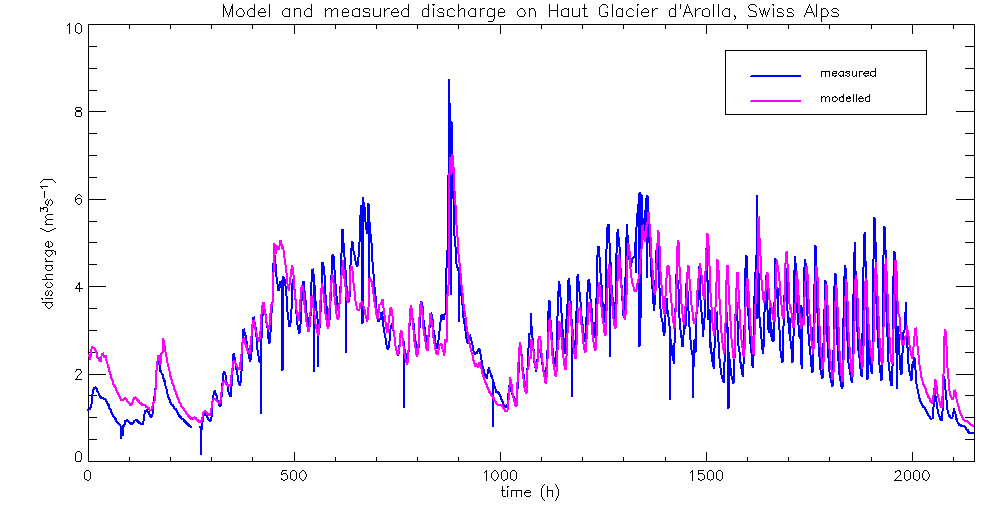
Figure 1.- Modelled (purple) and measured (blue) discharge at hourly intervals during three summer months on a glacier in the Swiss Alps. The measuring station is the water intake for the Grande Dixence hydropower plant.
Glaciers and snow fields are important fresh water reservoirs. In many mountain regions they are the main source of water for irrigation and human consumption during the summer. Snow melt is the main commodity in the production of hydropower, a clean and renewable energy.
Melt water is the end product of excess energy input into the snow cover. It can be heat from the air, solar radiation or longwave radiation from the atmosphere and clouds. By estimating accurately the energy balance over a snow covered catchment, we can forecast precisely the amount of water generated in the coming days. That is the task of a sophisticated model, SnowDEM (Snow Distributed Energy balance Model).
SnowDEM is a numerical model developed by Corripio (2003, 2004) which makes a detailed evaluation of all the energy fluxes to the snow pack at a catchment scale. It deals with topography at a very high resolution, and therefore it is suitable for application to mountain areas. It can be combined with high resolution outputs from regional weather models, providing an excellent forecasting tool.
The next figure shows the comparison between modelled and measured water discharge at hourly intervals, which highlights the good fit of the models described.

Figure 1.- Modelled (purple) and measured (blue) discharge at hourly intervals during three summer months on a glacier in the Swiss Alps. The measuring station is the water intake for the Grande Dixence hydropower plant.
We can provide:
Past projects:
See case study for a resort in the Cantabrian Mountains of Northern Spain, where snow making conditions are suboptimal most of the time and careful planning can result in considerable gain.
Snow making is a very important part of the operating costs of most ski resorts. Therefore any optimization in the snow making process can result in substantial savings.
We provide all the necessary meteorological parameters for succssfully planning snow production. The example below shows just a few variables for the ski resort of Sierra Nevada."
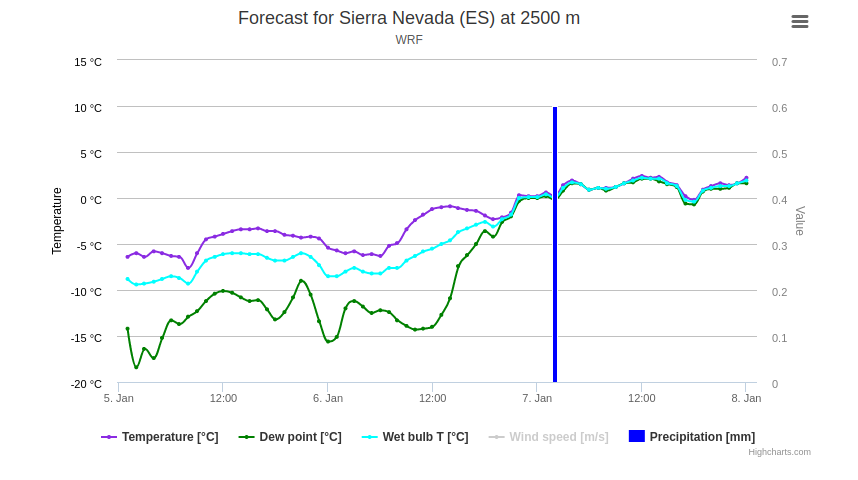
Figure 2.- Meteorological variables for snow production in Sierra Nevada, Spain.
Traditionally wet bulb temperature is seen as the threshold for snow production, but performance can decrease if melting conditions prevail after the snow particle production. In fact, a study by Colorado State University for Aspen Skiing Company, shows that the cost per gallon of water converted to snow increases exponentially with dry bulb temperature (Figure 3)
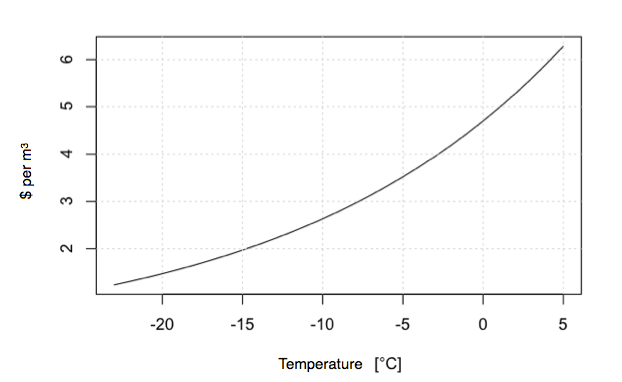
Figure 3.- Snow production cost per cubic meter as function of dry bulb temperature.
In order to improve efficiency and reduce costs, we can provide a wide range of data and tools, from an hourly forecasting of wet bulb temperature and wind, to a full study of the initial life cycle of the snow particle, including surface temperature, snow radiative cooling, insolation, shading, topography, etc, that permits choosing the optimal window for snow making.
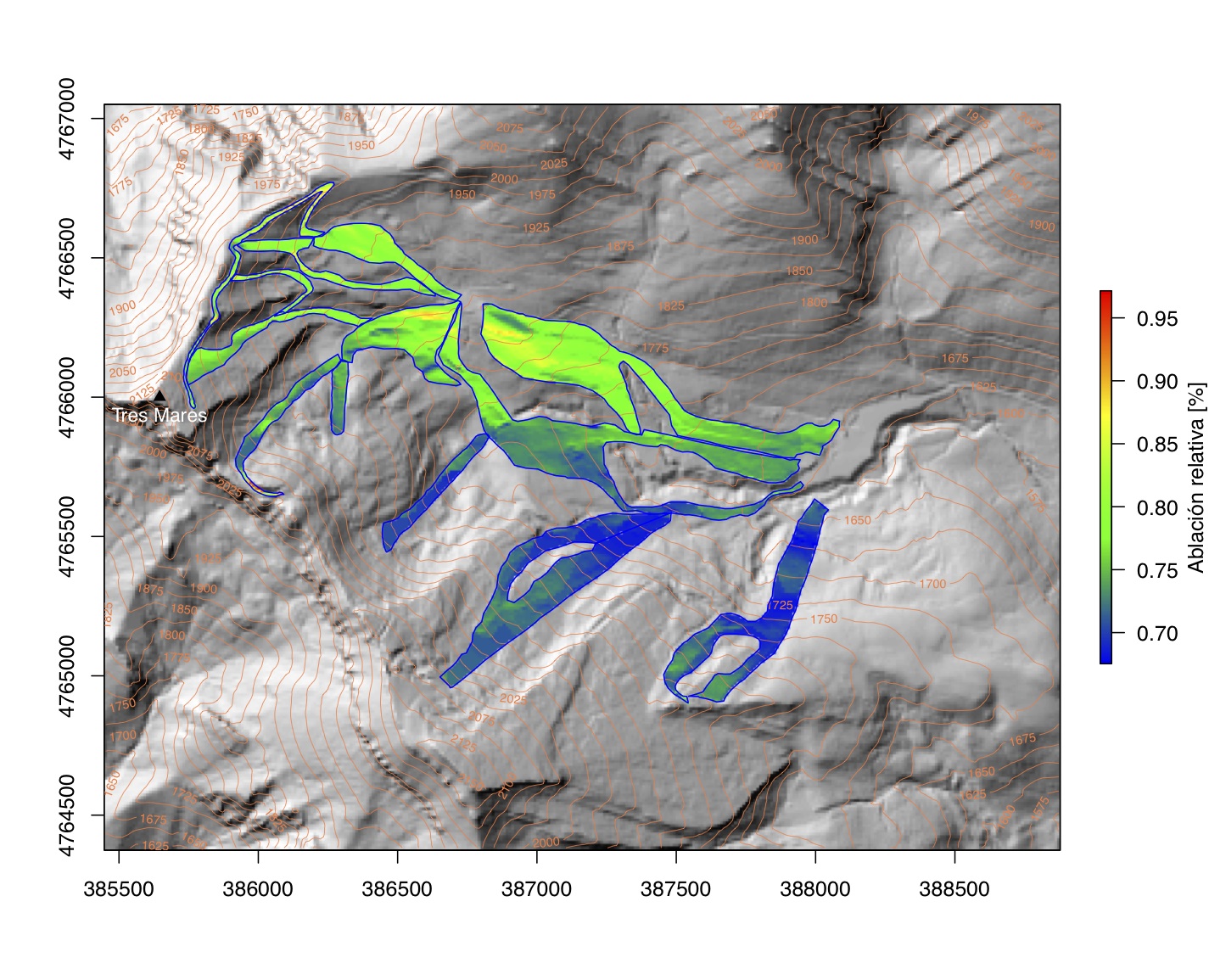
Figure 4.- Example of relative ablation on the ski slopes of Alto Campoo. The redish-yellow areas indicate zones where snow ablation (fusion plus sublimation) is higher. The bluish areas are zones where snow is preserved better.
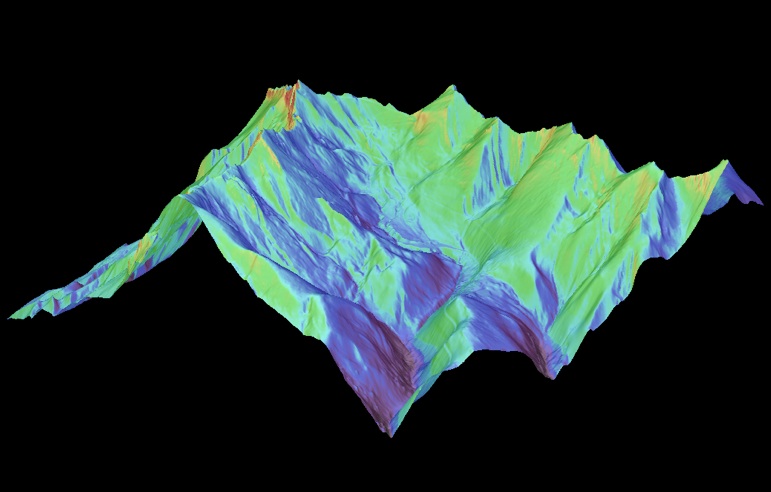
Figure 5.- Relative ablation on the ski slopes of Alto Campoo in a 3-D perspective.
Please contact us for more details and an estimation of costs.